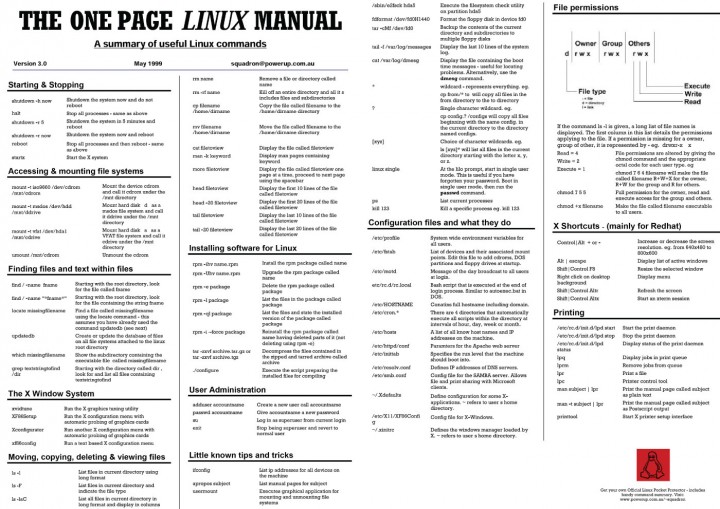

etc/default/networkd-dispatcher:2:# by the included systemd service file. You can try to look for files with the "systemd" pattern: $ sudo grep -rni "systemd" /etc/ The syntax is listed below: grep -ri "pattern" /directory-path
CONSOLE COMMAND FIND FILE LINUX HOW TO
The following Linux commands explain how to find files containing specific text. How Do I Find All Files Containing Specific Text? We will choose a Pay-As-You-Go instance:Ĭontinue with the configuration of your instance until the end: Log in to your Alibaba Cloud account and go to Elastic Compute Service (ECS):Ĭreate a new instance. The following step-by-step guide explains how to run your MySQL server from the Alibaba Cloud console. Linux systems offer some commands that can help you to do so. It is possible to retrieve the file if you remember specific text within the file. These tests often play an important role when using scripts to automate your work.You have probably faced a situation where you are looking for a file, but you don't remember its name you only remember the contents. Some of these options can help ensure that your scripts check files before trying to use them or avoid overwriting them if they already exist. There are a lot of ways to check and verify files on the command line or within scripts. if - True if FILE1 and FILE2 refer to the same device and inode numbers.if - True if FILE1 is older than FILE2 or if FILE2 exists and FILE1 does not.if - True if FILE1 has been changed more recently than FILE2 or if FILE1 exists and FILE2 does not.if - True if FILE exists and is a socket.if - True if FILE exists and has been modified since it was last read.if - True if FILE exists and is owned by the effective group ID.if - True if FILE exists and is owned by the effective user ID.if - True if FILE exists and is executable.if - True if FILE exists and is writable.if - True if FILE exists and its SUID (set user ID) bit is set.if - True if file descriptor FD is open and refers to a terminal.if - True if FILE exists and has a size greater than zero.if - True if FILE exists and is readable.if - True if FILE exists and is a named pipe (FIFO).if - True if FILE exists and its sticky bit is set.if - True if FILE exists and is a symbolic link.if - True if FILE exists and its SGID bit is set.

if - True if FILE exists and is a regular file.if - True if FILE exists and is a directory.if - True if FILE exists and is a character-special file.if - True if FILE exists and is a block-special file.Just remember that any can be reversed with a ! symbol (e.g., if ). Here is a list of all the if tests that check the status of files. All if commands for checking the status of files Using -ot (older than) in place of -nt has the opposite effect. You can use if tests to determine if one file has been changed more recently than another. The echo command below adds a line, so the second test result is the opposite of the first. The -N checks whether a file’s content was modified since the last time it was read. The chmod command sets the bits being tested in the second and third examples. You can also check whether a file is a character-special file, if its SGID (set group ID) bit is set and if its SUID (set user ID) bit is set. Note that these tests only check your access rights, not anyone else’s and that the files tested above are all in the bin directory in the user’s home directory (~/bin). Here are a few examples: if echo readable The ! can be used with any of the if tests. This of -s as “some content” and ! -s as “no content”. To change the command above to test whether the file is empty, do this: $ if then


 0 kommentar(er)
0 kommentar(er)
